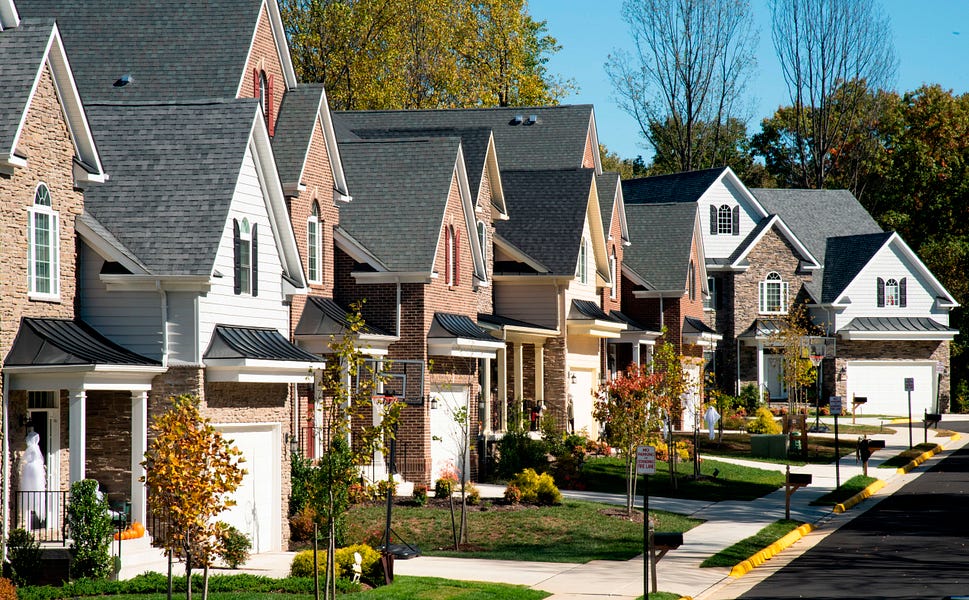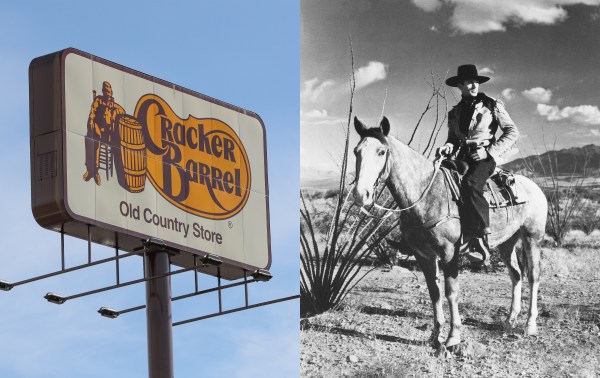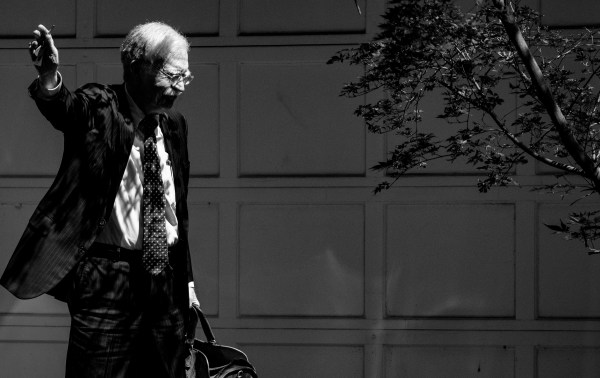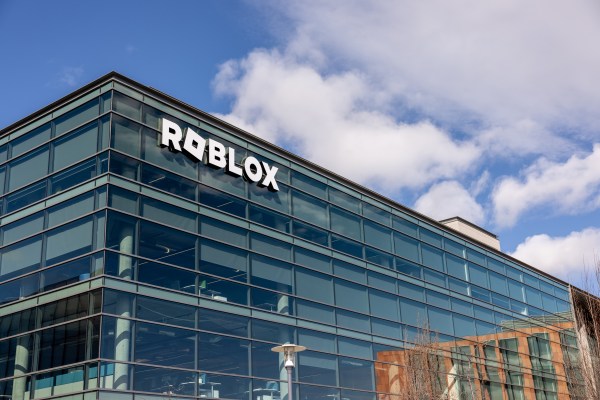The evening cheers in support of health care workers during the worst of New York’s coronavirus outbreak were a rare bright spot in a day full of depressing developments. And accounts of people gathering on stoops with neighbors to get some precious social interaction harkened back to Jane Jacob’s writings about urban stoops as vital places where community can thrive. But these tales created a serious misconception about how Americans are experiencing this unprecedented time. The social fabric in our cities is not only rapidly breaking down, but the pandemic has also accelerated American’s interest in leaving cities for places where geography enables social bonds with others to be stronger.
Before the pandemic, for instance, data collected by my colleagues and me at AEI revealed that 56 percent of urbanites stated that they knew their neighbors well. That figure has dropped to just 47 percent since the coronavirus appeared. In contrast, suburban areas—places traditionally considered desolate and isolated but with spaces to connect and be physically distanced—saw small sociability increases with coronavirus, with a 4 point bump from 48 percent to 52 percent. Rural areas have seen no real change, with almost two-thirds of rural residents stating they know their neighbors well.
The data also show that apartment living—which is far more common in big cities—has not been good for maintaining social connections during COVID-19. Those in single-family detached homes—a defining fixture of the suburbs—are far more likely to be locally social compared with those in apartments and townhomes. Nationally, 58 percent of those in single-family detached homes know their neighbors fairly or very well. That figure drops to 50 percent for homes that are attached, like brownstones, and the figure plummets to just 37 percent for those in apartments.
Because of these geographic differences, the survey shows that those in urban areas are far more lonely and depressed than those living elsewhere in the midst of this pandemic. In urban areas, 42 percent of Americans state that they have been lonely a few times a week, nearly every day, or every day. This drops to 32 percent and 33 percent, respectively, for both suburban and rural areas and measures about depression are almost identical.
Relatedly, when thinking about the behavior of others at the moment and whether or not most people’s behavior is self-motivated or whether most people try to be helpful, 65 percent respond nationally that they believe others are trying to be helpful; this is a 10- point gain from 2018.
But this increase is not universal. In 2018, the 55 percent helpful figure was largely consistent across urban form. But today, while urban areas climbed a handful of points to 58 percent, the real growth in optimism toward others comes from suburbanites (68 percent), and rural Americans (71 percent). This suggests that suggesting those living in cities are not coming together when connections are vitally important for mental, democratic, and social health.
In short, social capital and the mental health of urbanites has been in real and rapid decline with the absence of places to meet and mingle. It is predictable, then, that data has also captured a marked shift in the interest in Americans to leave cities and many urbanites have already left with many vowing to not return.
Just two years ago, Gallup found that Americans pined for green and open skies; 29 percent of Americans wished to live in large and small cities but the lion’s share wanted to be away: 27 percent longed for a rural area and the remaining 43 percent were wishing for a small towns or suburbs if they could live anywhere in the United States.
The AEI data collected in the midst of the pandemic reveals that this desire to leave urban areas both big and small has accelerated with only 13 percent of Americans wanting to live in a city if they could live anywhere today. In contrast, 58 percent of Americans want to live in either a suburban area or a small town, and another 28 percent wanted a rural area. The turn away from cities is a 55 percent drop from 2018.
This general pattern of preferring non-urban areas holds true for younger Americans, despite the widespread belief that those in Gen Z and younger millennials want to head into urban areas like New York and San Francisco for social and economic reasons. Only 17 percent of those under 35, for instance, would ideally live in cities today while a plurality—33 percent—would actually like to live in a suburb. Small towns appeal to 28 percent of young people, and 22 percent want rural living.
In fact, if residents of cities today are asked, the majority of urbanites would rather seek open skies and green lawns elsewhere. While 34 percent of city dwellers would ideally remain in an urban area, the remaining 65 percent would like to live somewhere else entirely, with small towns and the suburbs each being the preferred destination of 23 percent of respondents. In contrast, large majorities of those living in suburbs, small towns, and rural areas are happy with their living arrangements.
Americans cities have not been built for interpersonal distancing and this feature has traditionally made them so desirable and powerful as creative engines. But, the rise of COVID-19 has forced urban Americans inside and isolated city dwellers from each other with few public and private spaces to safely congregate and maintain social bonds. In contrast, rural and suburban life has been designed for distance and neighbors can safely talk on porches, across yards, and over fences and they are engaging more regularly today.
The pandemic has painfully revealed just how tenuous and spatially dependent our social lives are and, like the Industrial Revolution and the post-war urban decline, this pandemic could trigger a spatial reordering where America moves back into countryside where people are more social, trusting, and would simply prefer to reside. While some cities like New York will continue to innovate culturally and socially, planners, developers, and leaders will need to figure out how to reorganize our urban spaces in light of future crises like COVID-19 to keep those in cities socially and mentally comfortable. But change takes time and it may be years before Americans dream about living in the lights of their cities.
Samuel J. Abrams is professor of politics at Sarah Lawrence College and a visiting scholar at the American Enterprise Institute.
Photograph by Robert Knopes/Universal Images Group/Getty Images.






Please note that we at The Dispatch hold ourselves, our work, and our commenters to a higher standard than other places on the internet. We welcome comments that foster genuine debate or discussion—including comments critical of us or our work—but responses that include ad hominem attacks on fellow Dispatch members or are intended to stoke fear and anger may be moderated.
With your membership, you only have the ability to comment on The Morning Dispatch articles. Consider upgrading to join the conversation everywhere.